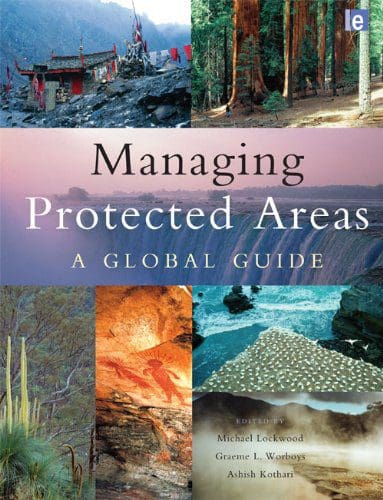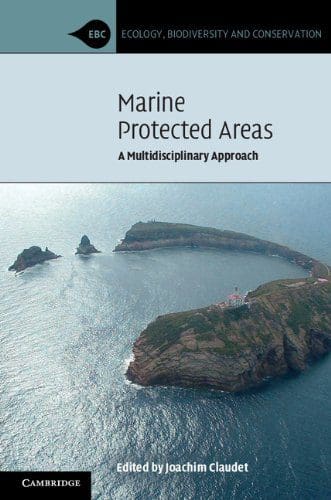Definition
A Protected Area is a clearly defined geographical space that is recognized, dedicated, and managed through legal or other effective means to achieve long-term conservation of nature with associated ecosystem services and cultural values.
Expanded Explanation
Understanding Protected Areas
Protected Areas are essential for the preservation of biodiversity as they provide habitats for plants and animals, including many threatened and endangered species. They can include national parks, wildlife reserves, wilderness areas, and community conserved areas, among others. These areas are managed to maintain their ecological processes, and human activities within these areas are often limited and regulated to prevent degradation.
Importance of Protected Areas
Protected Areas play a crucial role in conserving biodiversity and maintaining ecosystem services, which are the benefits humans obtain from ecosystems. These services include provisioning services such as food and water; regulating services such as climate regulation and flood control; cultural services such as spiritual, recreational, and cultural benefits; and supporting services such as nutrient cycling and soil formation.
Examples
- Example 1: Yellowstone National Park in the United States is a Protected Area known for its wildlife and geothermal features.
- Example 2: The Great Barrier Reef Marine Park in Australia is a Protected Area designed to protect its delicate ecosystems, including the world’s largest coral reef.
Related Terms
Visual Aids
External Resources
- Protected Planet – A global database of protected areas.
- International Union for Conservation of Nature – Information on protected areas and their management.
Related Articles From Sunnydaysgo.com
- The Importance of Biodiversity Conservation You Need to Know
- Why We Need to Protect Ecosystem Services Now More Than Ever

